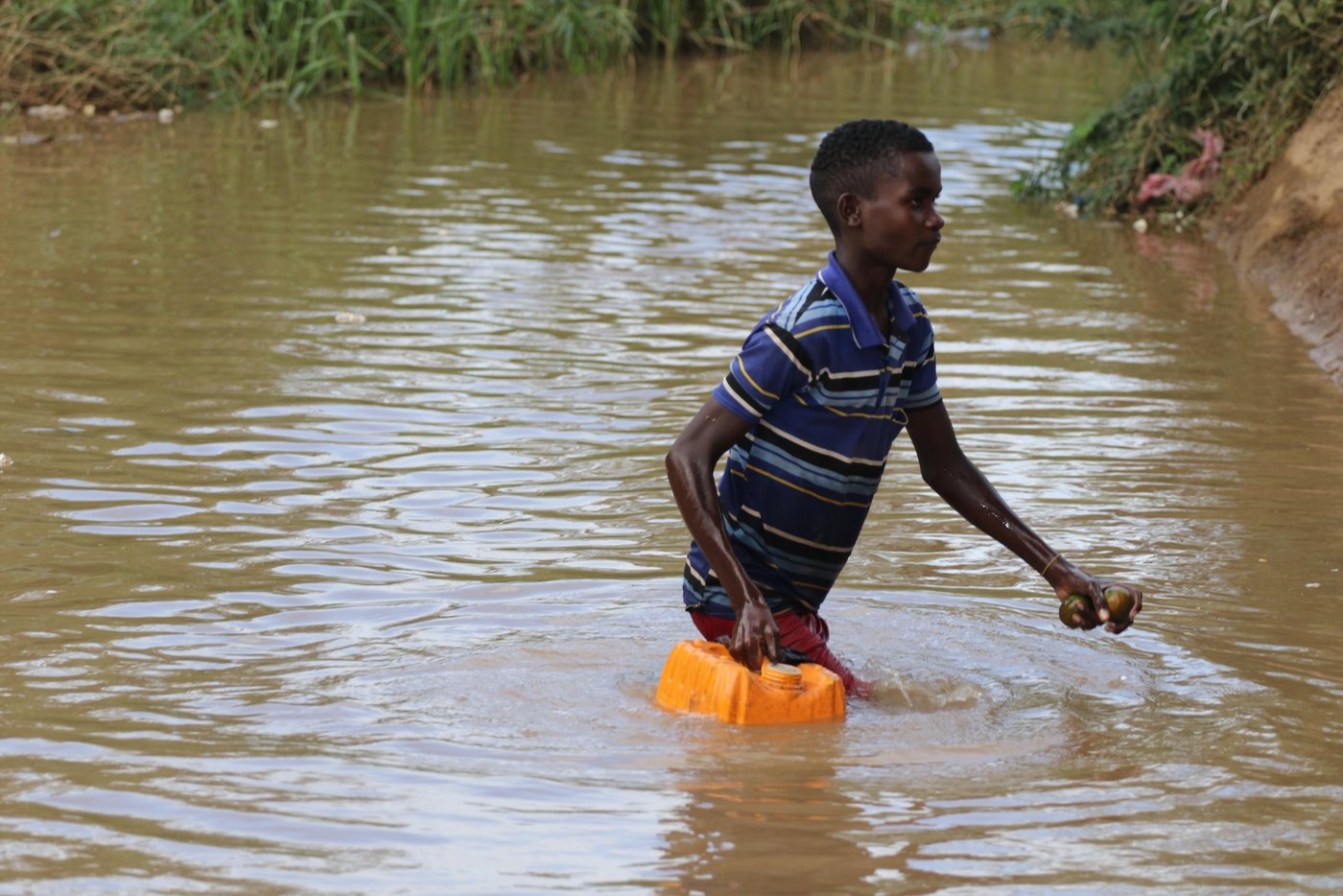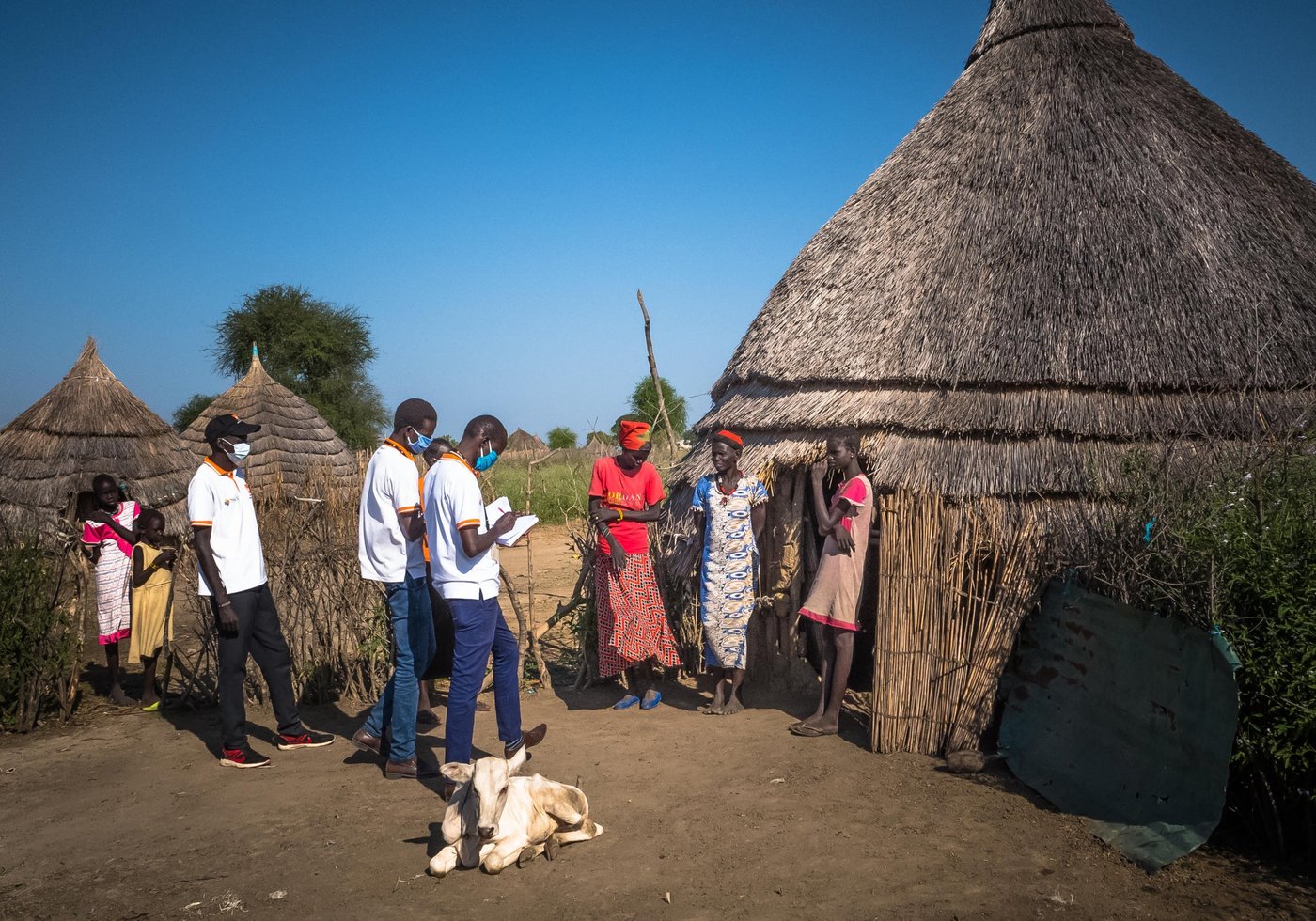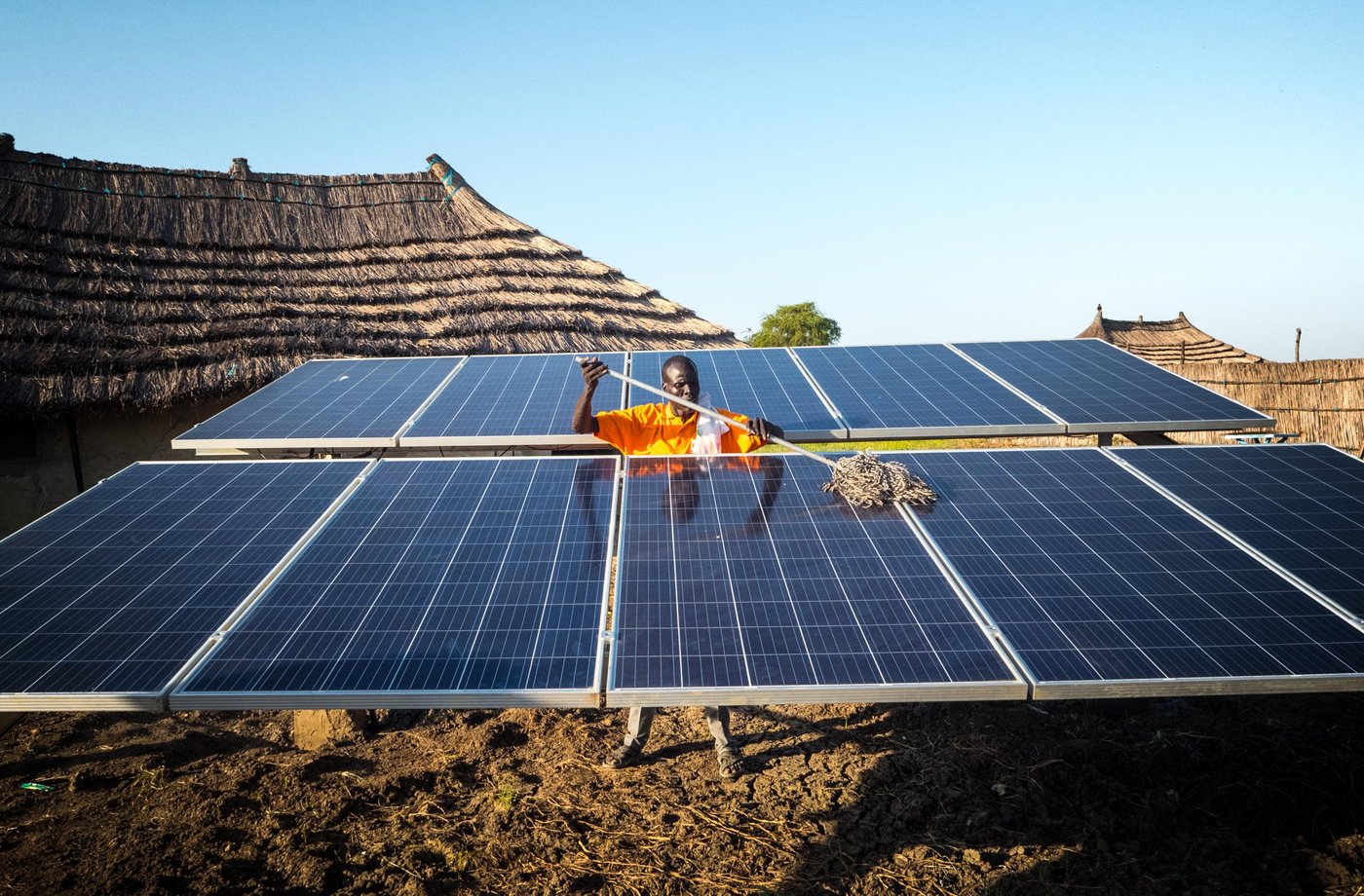“Greening the Orange” started out as a grassroots initiative by staff across the organisation who were pushing for increased environmental action within NRC. It has now developed into a major project, and with the support of the Grieg Foundation it aims to make NRC a more environmentally sustainable organisation.
The plan
NRC aims to change its entire operation to become sustainably driven.
Our ambition is that an 18-month investment generously made by the Grieg Foundation will make a permanent impact – changing the way we work and inspiring the entire humanitarian sector.
“As a large organisation working for the displaced, we see it is not only war that is causing families to leave their homes. It is more and more climate heating-driven disasters. (…) We cannot help the displaced and not to do our best to become carbon-neutral,” says Jan Egeland, Secretary General of the Norwegian Refugee Council.

One of the most important things in any change process is to find a common starting point. We began by conducting a benchmarking to help determine the scope of the project, followed by a baseline exercise to identify our current environmental footprint and our major sources of emissions.
We needed to define what to focus our efforts on without compromising our existing operations and core mandate. All aspects of our organisation, ranging from our office space to our supply chains and aid programmes, would be addressed.
Any change process needs to take into account the differences in culture and opinions that exist within an organisation. The large size and geographical and cultural diversity of NRC present unique challenges, as well as opportunities. With 15,000 staff spread across more than 30 countries around the world, it has been necessary to get the whole of the organisation engaged without moving too fast.
Communication is a crucial factor for success
Communication is often the most crucial tool in bringing about change. People need time to understand the changes, while continuing to feel connected to the organisation throughout the transition period.
“Some of our field offices had already started implementing changes towards operating in a ‘greener’ way,” and the level of engagement on this issue was growing,” says NRC’s Director of Organisational Development, Geir Olav Lisle. “It is important in any change process to support and build on such initiatives. Frequent updates about progress and results are also an important aspect of a successful change process.”
To support the Greening the Orange project, we set up dedicated channels for information-sharing and discussion. We have an online discussion group consisting of nearly 500 staff members, where we post several updates each week. In addition, we have established an intranet page where we share resources on how to address environmental issues in our operations and programmes.
We have organised a series of webinars in which colleagues from across the organisation talk about what they are doing to address climate change and how it is affecting the displaced people they work with. We have also given online training sessions on how to conduct environmental screenings in our programmes.

The Innovation Challenge
Getting involved in NRC’s “Innovation Challenge” was an important step. This annual initiative offers funding to selected proposals from NRC staff that address humanitarian challenges in an innovative way.
Participation in this challenge enabled us to identify green opportunities and engage with the most passionate environmentalists at the field level in the organisation.
After completing the challenge, we conducted two follow-up rounds of challenges, each with a category dedicated to environmental projects. The number of participants kept growing, and there was a steady increase in proposals, indicating that interest was building.
One successful project involved recycling, using plastic waste to make shelter materials. It is currently being implemented in Cox’s Bazar refugee camp, Bangladesh, and is funded directly by the Grieg Foundation. An article about the project was published on NRC’s website, with the aim of inspiring the wider humanitarian sector.
What does it mean in practice?
As the project developed and a strategy for a green shift in NRC started to emerge, it became clear that we needed to make this strategy a part of NRC’s global strategy, and not something separate.
The global strategy process was designed to be participative, initially generating a lot of ideas, before moving through phases of prioritisation. The process allowed project staff to engage with a wide number of colleagues around the globe on their hopes and aspirations but also hesitations about incorporating environmental issues.
During the process, two main areas of focus emerged:
1. Reduced environmental footprint
“Reduced environmental footprint” was identified as a “strategic enabler”, meaning something that must be done in order for us to deliver the rest of the strategy.
This involves reducing our emissions, improving waste management, and establishing minimum standards in our aid programmes. To put it simply, this goal is about doing less harm.
2. Addressing the impact on displacement-affected people
“Efforts to address the impact of climate change on displacement-affected people” was identified as a sub-objective that needed to be accelerated.
This is about using the implementing parts of our organisation (analysis, programmes and advocacy) to help displaced people live better with the consequences of climate change. Developing programmes that bind carbon could also be necessary to support our ambition to become carbon-neutral.

Next steps
NRC’s ambition level related to climate and environment has gradually expanded from a 2019 commitment to become carbon-neutral, to looking at our overall environmental footprint. We also came to realise that only focusing on ourselves is not enough. We also need to prioritise helping displacement-affected people to adapt to the consequences of climate change.
The result is an ambitious environmental strategy that both the management and the organisation support.
It’s exciting to see that the change is manifesting itself in the organisation's culture, and that we have now incorporated it into our global strategy. It shows that we are on the right track.Geir Olav Lisle
The Greening the Orange project was meant to be a catalyst to set NRC on its path to become more environmentally sustainable. So far, it has worked according to plan: climate and the environment have a newfound place in the organisation that they did not have before.
We now need to put mechanisms in place to make the environment a key factor in decisions made at all levels of the organisation – a major shift in how we work and how we think about how we work. However, change take time. We still need to work hard to figure out what it takes to implement this strategy effectively, before we can start to see results in climate adaptation for refugees and a reduced environmental footprint.
“We have spearheaded changes before. We would like to do that again within the humanitarian sector. We are hoping for partners to share our experience and our innovations, and we are there to learn from others,” says Egeland. “Together, we need to become a greener humanitarian sector.”


